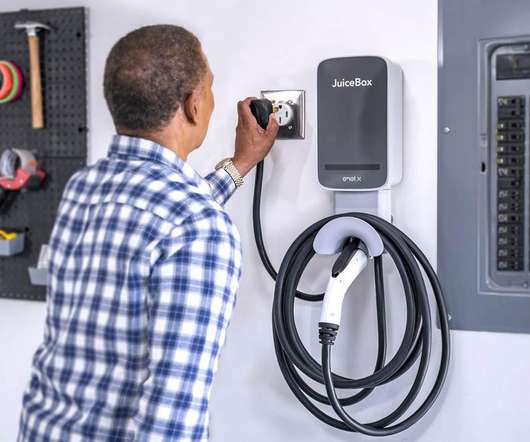The EV Transition Explained: Can the Grid Cope?
Cars That Think
NOVEMBER 28, 2022
In comparison, the state’s goal is to achieve this amount by 2050. Converting a gas appliance to a heat pump, for example, would draw 4 to 6 kW, while an L2 charger for EVs would be 12 to 14 kW. For instance, Marshall stated, it is not unusual for a 37.5












Let's personalize your content